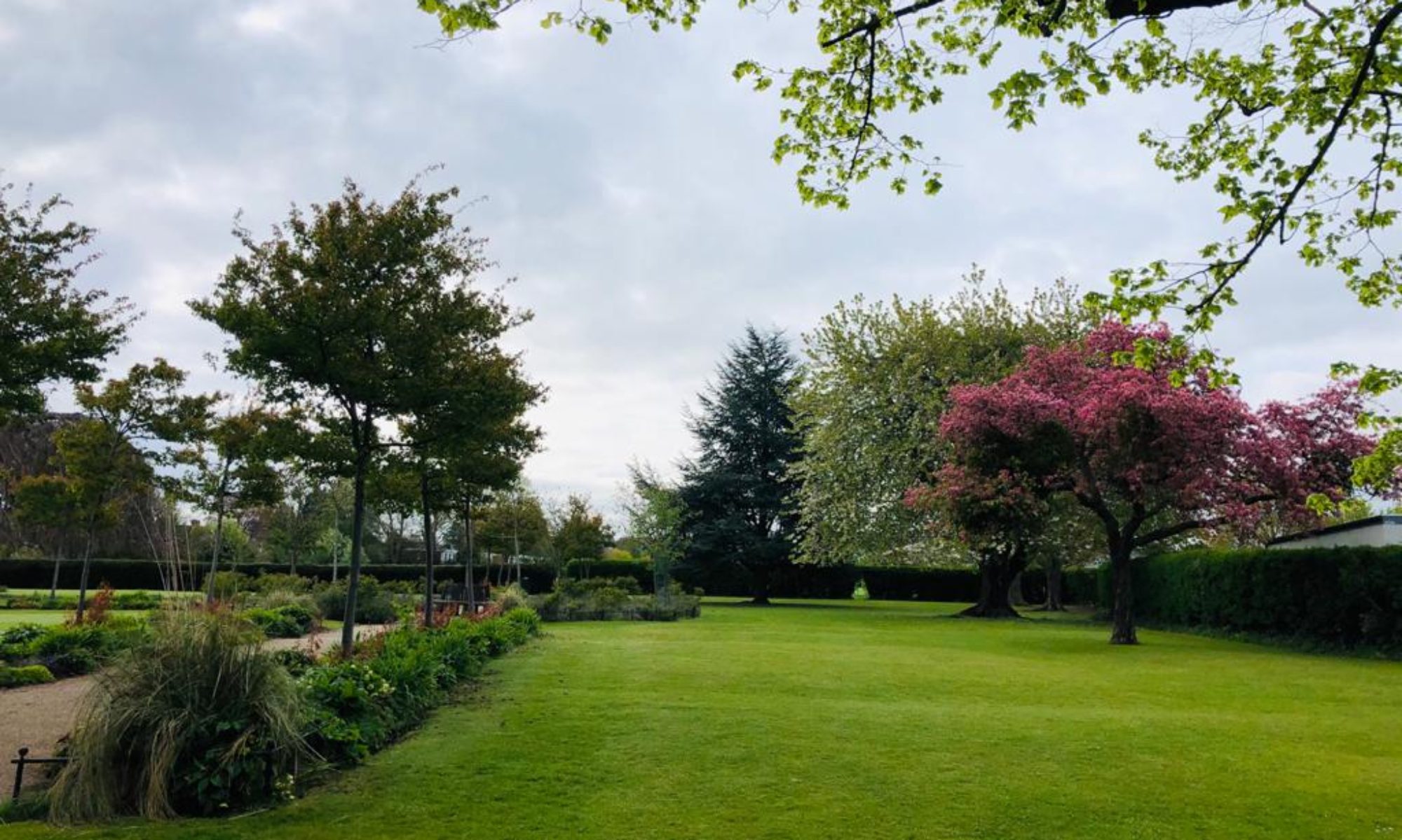as recalled by Martin Wood, ex Headteacher, Naunton Park School
From its earliest days, Naunton Park School has provided local children with a good start in life, a start which has left many happy memories for its past pupils. By the early 1900s fifty years or more of gradual housing development in the area meant that Naunton Park needed a school. No effort was spared to provide well-designed premises and the spacious new school opened in 1906, following a ceremony conducted by Alderman George Norman using a splendid silver trowel presented by the architects, Chatters and Smithson.
For most of its days Naunton Park has been run as three separate schools for infant, junior and secondary pupils, each with its own headteacher, though in its earlier years older boys and girls were educated quite separately. School life in 1906 was, however, very different from today. Girls in white pinafores and boys in stiff white collars sat in neat rows on cast iron and wooden benches. They faced strict teachers in front of large and scratchy blackboards and did their best to stop messy powdered ink from blotting their work. But beyond the tight regime in the classroom, the school rapidly developed a strong sporting tradition and soon had successful teams winning trophies in a variety of sports. Music and dance were also valued from the outset and soon played an increasingly important part in the school year.
 | |
| Naunton Park Schools |
These happy school days were brought to a sudden end with the outbreak of the First World War. The children first shared classrooms with St James School, but later moved into separate accommodation at Bethesda Methodist Church. Meanwhile the school itself was taken over by the British Red Cross who ran a hospital for wounded servicemen, treating more that 250 patients during the course of the war. Fifty staff and volunteers looked after the injured, whose beds filled the schoolÕs halls, and to this day a plaque commemorating the vital work of this wartime hospital takes pride of place at the front of the school.
 | |
| Naunton Park Red Cross Hospital |
After the war the school was quickly re-established and went from strength to strength. During this time the education of the older pupils was dominated by the charismatic and influential Arthur Dye who was headteacher from 1922 to 1950 and later became mayor of Cheltenham. Having survived the brutality of life in the trenches, including being badly gassed, Mr Dye was passionately committed to the idea of building a better country for the coming generations to enjoy. Mr Dye’s time is remembered by many with a mixture of dread and affection. His strict regime included a daily inspection of boots – with dire consequences for anyone whose shoe-leather was not gleaming. He was equally unforgiving of any four-legged intruders who appeared in the school and his daughter, Joan Meadley, vividly remembers visiting his class one day and being astonished to see a boy standing with a hockey stick raised ready to strike a stray mouse. In hindsight, it was not so much this harsh approach to rodent control which so amazed Joan, as the fact that nobody else in class seemed in the least distracted by what was happening.
At that time, classes of forty or more and rigid discipline were balanced by the dedication and commitment of the teachers, leading to good academic results and a string of sporting and musical achievements. Past pupils also remember the wide variety of practical skills which they were encouraged to develop. Woodwork, metalwork, model-making and needlework were taught to a very high level by teachers who were themselves very skillful in their particular areas of expertise. During this time Empire Day became a major date in the school calendar, with patriotic songs, tea-parties and May-pole dancing adding to the fun. Sports Day was also a huge event, taking place on the Recreation Field. It was traditionaly held on the first Wednesday of July to coincide with early closing for shops on the Bath Road, and the formidable “Cocker” Jeffries started the races with his deafening starting pistol.
The Second World War and subsequent years have brought many changes to the school but it continues to uphold its traditions whilst welcoming exciting new developments, and it remains a vital part of the local community.

